Intel teams with Google Cloud to optimize HPC performance
The two tech giants unveil open source Cloud HPC Toolkit with integrated Intel oneAPI tools

Intel and Google Cloud have co-developed a new toolkit to simplify and optimize high-performance computing (HPC) workloads on Google Cloud.
Dubbed Cloud HPC Toolkit, the new platform allows enterprise customers to create and replicate turn-key HPC clusters. Backed by Intel’s 2nd Gen Xeon Scalable processors, the solution also features the firm’s Select Solutions.
RELATED RESOURCE

Additionally, the new resource provides access to tools from “Intel oneAPI Base and HPC Toolkits to optimize performance through Intel Select Solutions for Simulations & Modeling.”
“Using Cloud HPC Toolkit with an Intel Select Solutions for Simulations & Modeling blueprint brings the added benefit of automatically spinning up a hardware-software configuration that has been rigorously tested and optimized for real-world performance, eliminating guesswork,” stated Ilias Katsardis, HPC solution lead at Google.
Furthermore, built-in Intel oneAPI tools streamline HPC programming by offering support for C++, SYCL, Fortran, OpenMP, MPI, and Python. Commenting on integrations, Google affirmed support for Altair PBS Professional and Altair Grid Engine job scheduler in later versions.
Intel had previously partnered with Google to automate the creation of Intel Select Solution-compliant HPC clusters on Google Cloud. The recent announcement reinforces the duo’s longstanding partnership.
“DAOS is the future of HPC. We’re excited to see the benefits of our year plus technical collaboration pay off with today’s announcement of fast and easy access to DAOS in Google Cloud,” commented Kelsey Prantis, director of engineering, high-performance storage, at Intel.
Get the ITPro daily newsletter
Sign up today and you will receive a free copy of our Future Focus 2025 report - the leading guidance on AI, cybersecurity and other IT challenges as per 700+ senior executives
-
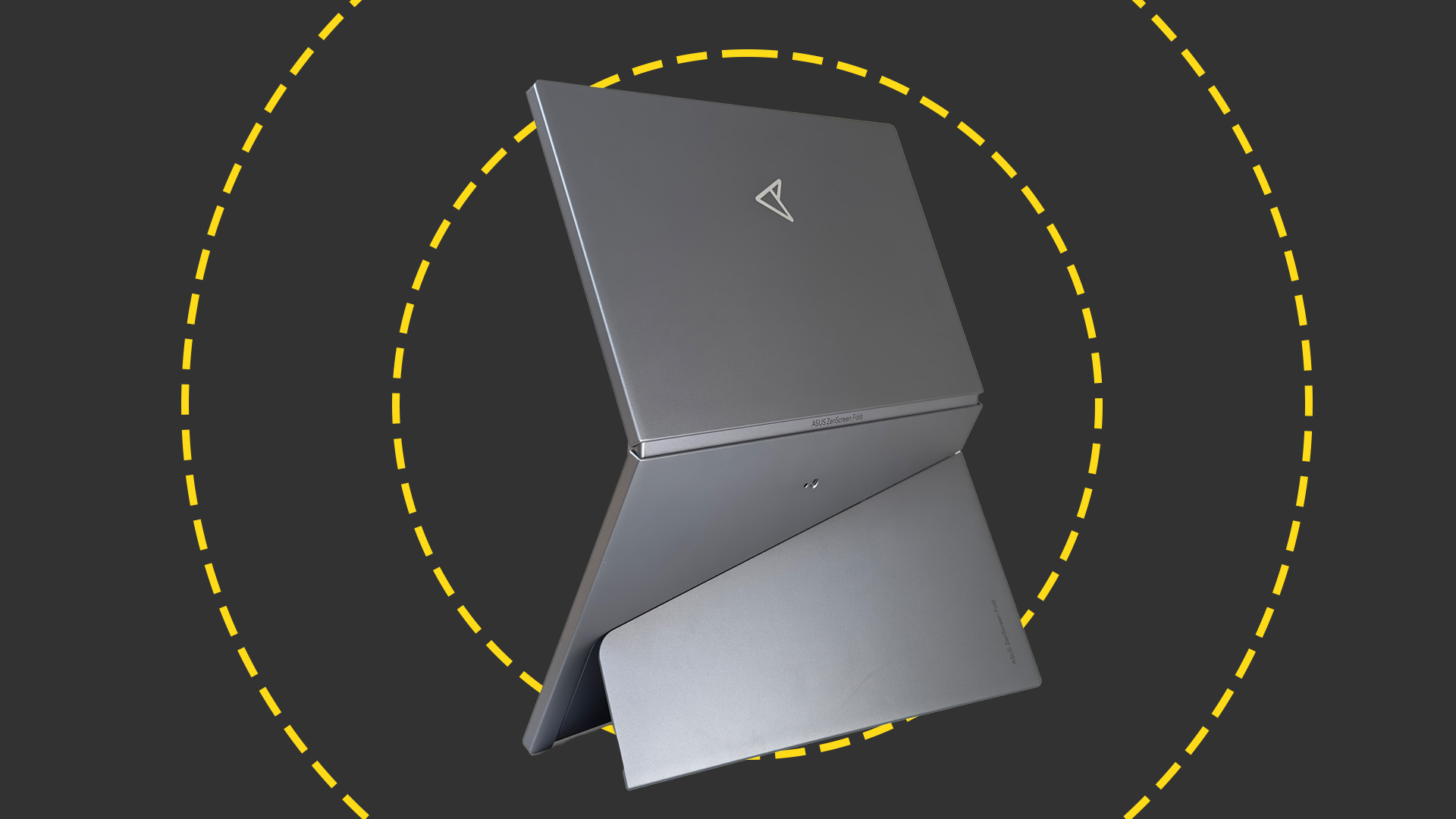 Asus ZenScreen Fold OLED MQ17QH review
Asus ZenScreen Fold OLED MQ17QH reviewReviews A stunning foldable 17.3in OLED display – but it's too expensive to be anything more than a thrilling tech demo
By Sasha Muller
-
 How the UK MoJ achieved secure networks for prisons and offices with Palo Alto Networks
How the UK MoJ achieved secure networks for prisons and offices with Palo Alto NetworksCase study Adopting zero trust is a necessity when your own users are trying to launch cyber attacks
By Rory Bathgate
-
 IBM unveils its 'most powerful' 433-qubit quantum processor
IBM unveils its 'most powerful' 433-qubit quantum processorNews The Osprey is three times more powerful than IBM's 127-qubit Eagle processor the company launched a year ago
By Zach Marzouk
-
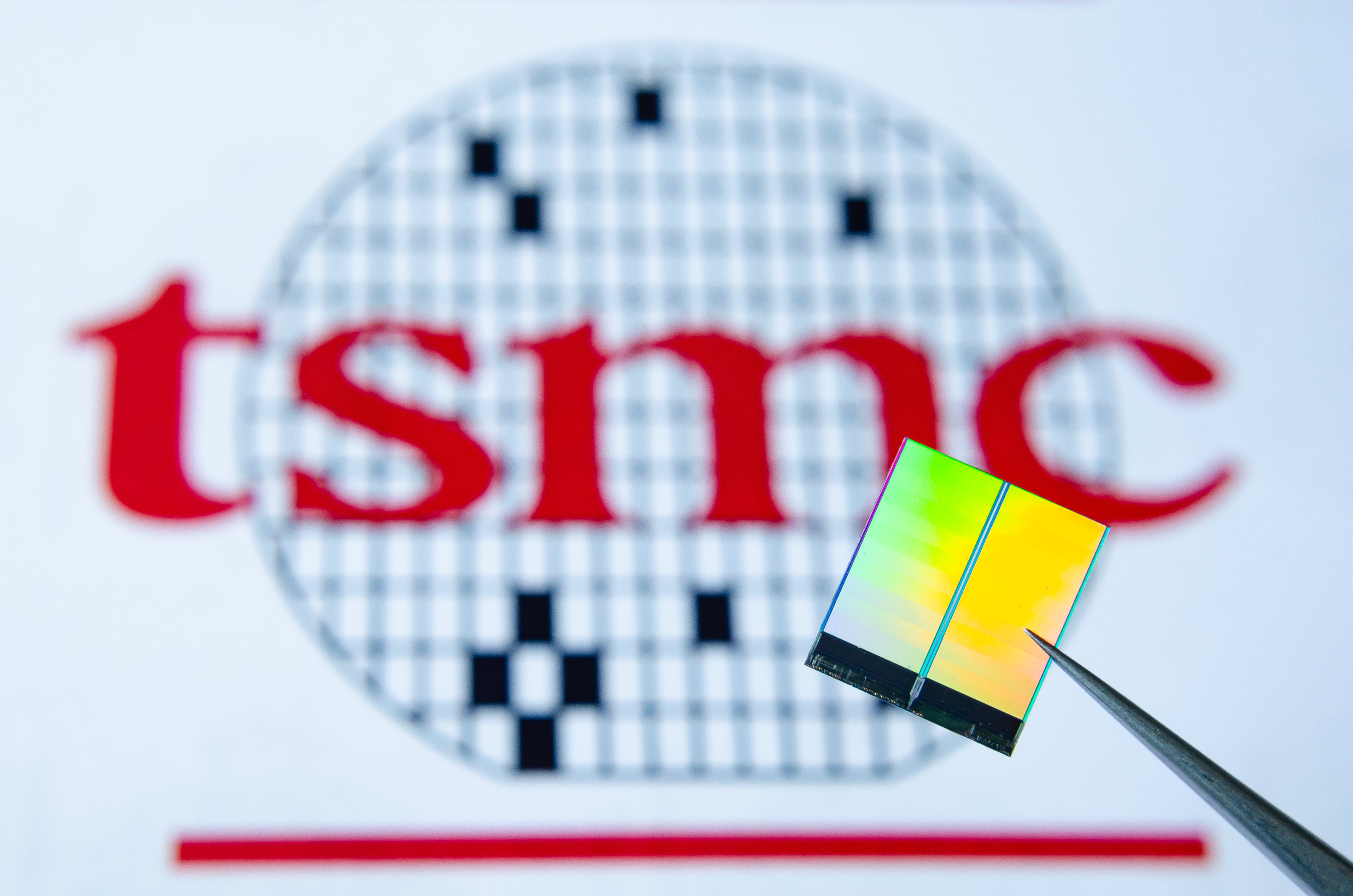 TSMC plots up to 20% price hike amid global chip crisis
TSMC plots up to 20% price hike amid global chip crisisNews The price increases could have repercussions on the global electronics market
By Keumars Afifi-Sabet
-
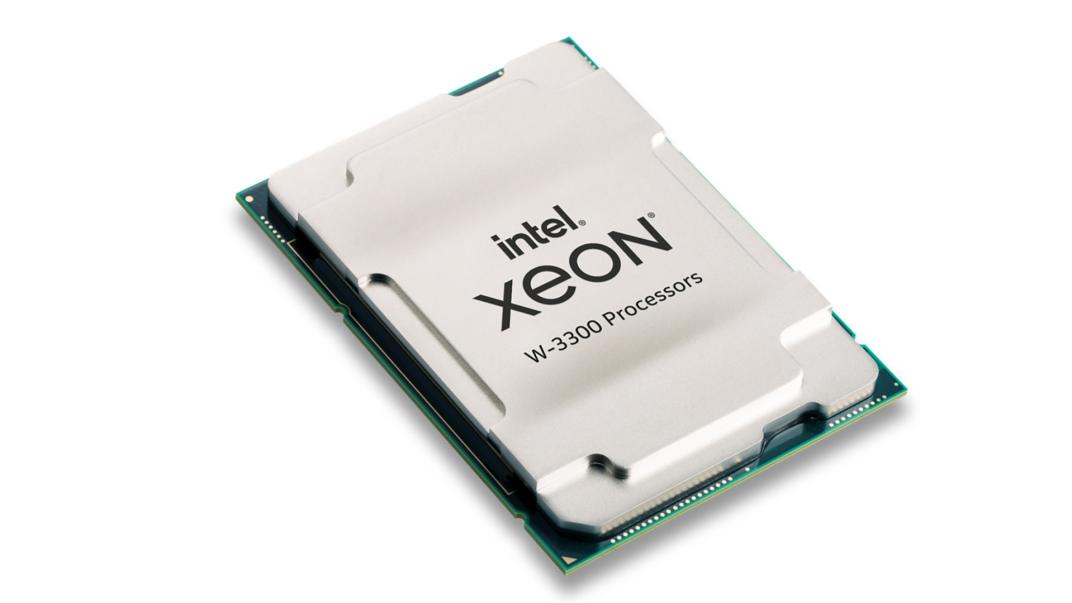 Intel unveils Xeon W-3300 Ice Lake CPUs for workstations
Intel unveils Xeon W-3300 Ice Lake CPUs for workstationsNews The family of five W-3300 processors support up to 4TB of eight-channel DDR4 memory
By Keumars Afifi-Sabet
-
 Dell stops gaming PC shipments to some US states after breaching energy efficiency laws
Dell stops gaming PC shipments to some US states after breaching energy efficiency lawsNews Alienware R10 and R12 desktop gaming machines are now prohibited in California and six other US states
By Bobby Hellard
-
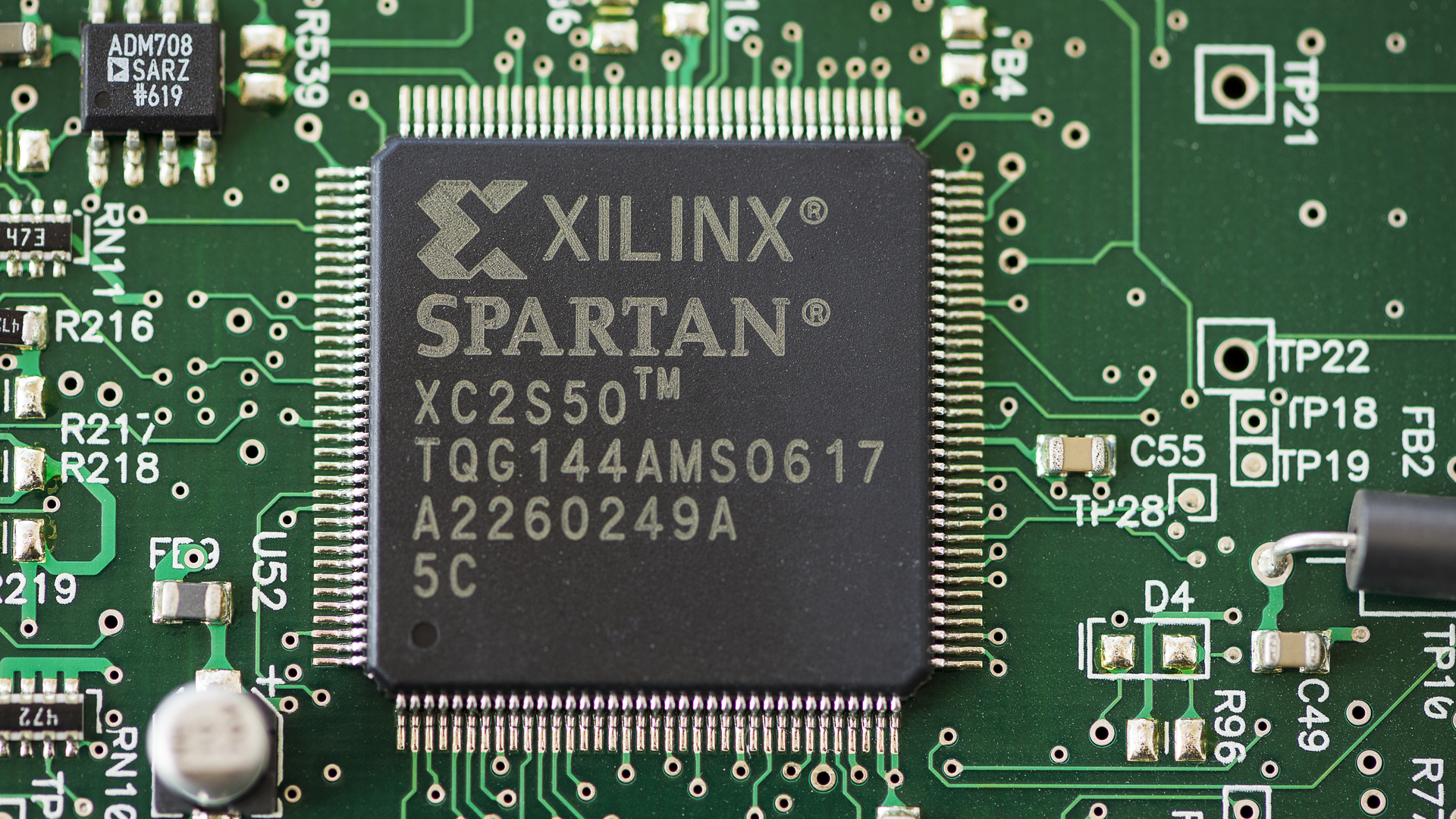 AMD acquires high-performance computing heavyweight Xilinx
AMD acquires high-performance computing heavyweight XilinxNews The $35 billion gambit will see Xilinx computing technology integrated into AMD’s broader product portfolio
By Keumars Afifi-Sabet
-
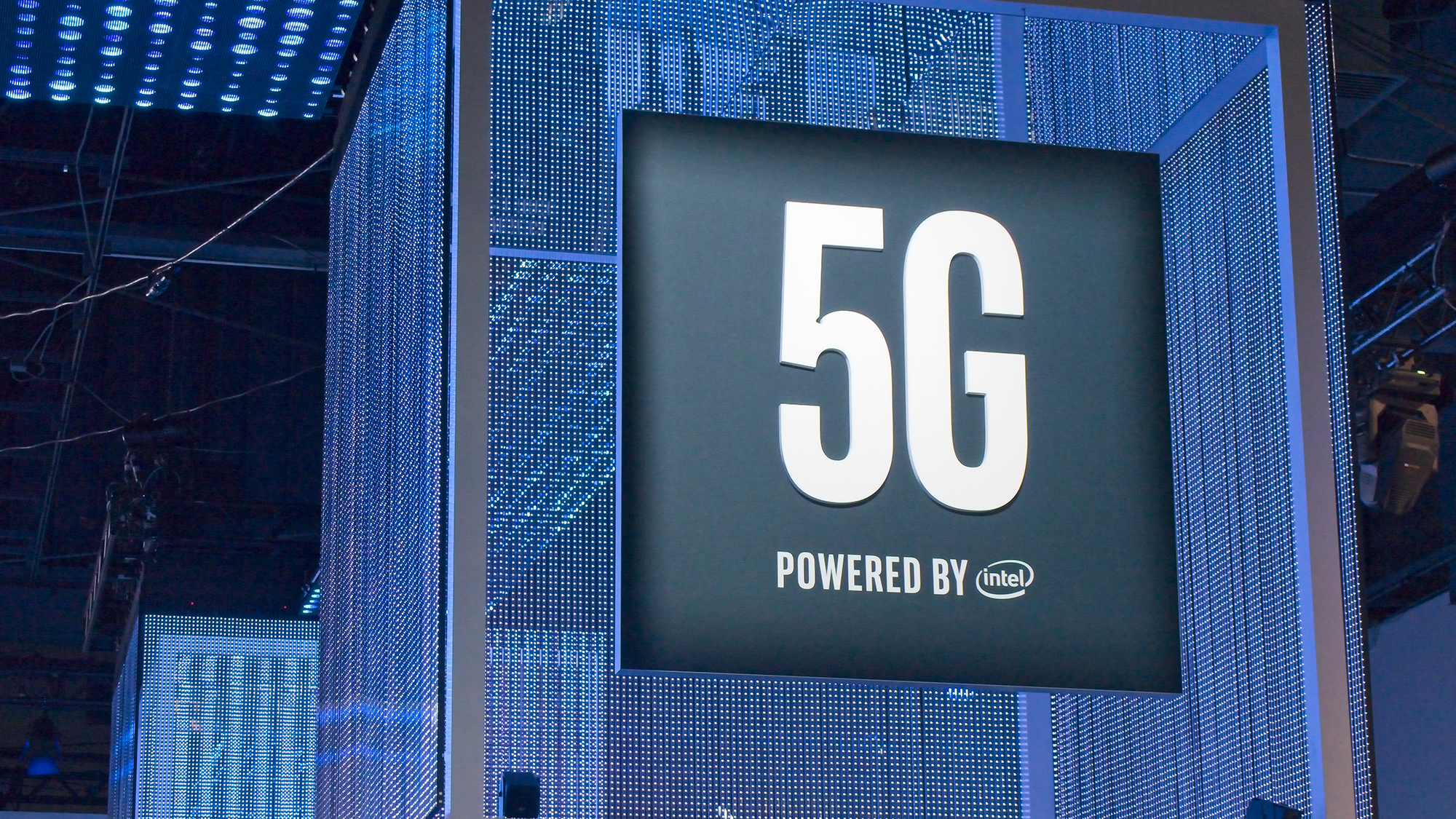 Intel unveils new Xeon-SP, 5G and structured ASIC chips
Intel unveils new Xeon-SP, 5G and structured ASIC chipsNews Chipmaker looks beyond smartphones to kickstart 5G dominance
By Carly Page